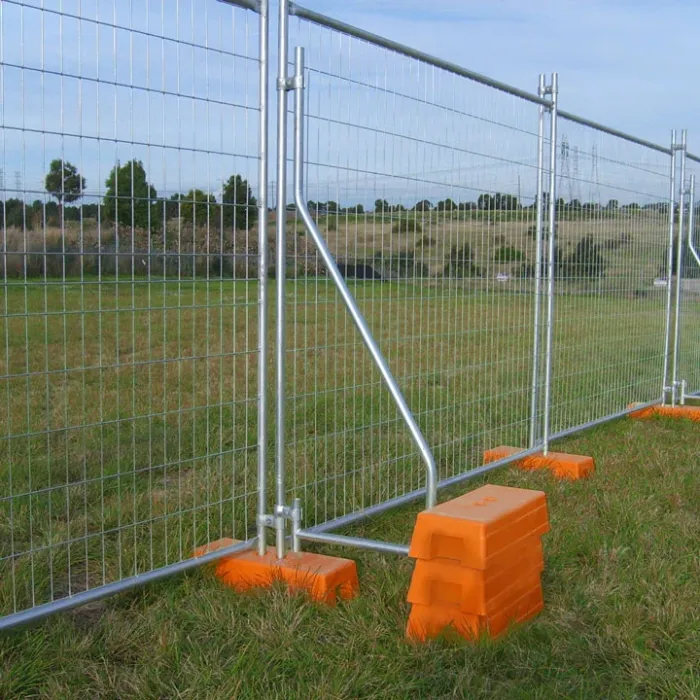The Versatility and Applications of Hexagonal Wire Mesh
Hexagonal wire mesh is a unique and versatile material used in a variety of applications across different industries. Its distinctive hexagonal patterns, akin to chicken wire, are not only aesthetically pleasing but offer structural benefits that make it suitable for both decorative and functional uses. Made from high-quality steel or other metal alloys, hexagonal wire mesh is designed to provide strength, durability, and flexibility.
Composition and Manufacturing
Hexagonal wire mesh is typically manufactured by weaving together strands of wire in a hexagonal pattern. The wires can vary in thickness depending on the intended application, with options ranging from light-duty mesh used in crafts to heavy-duty rounds for industrial purposes. The mesh can be galvanized, coated, or painted to enhance its resistance to corrosion and weathering, thereby increasing its lifespan in outdoor applications.
Applications in Construction and Architecture
One of the most prevalent uses of hexagonal wire mesh is in the construction and building sectors. It serves as a reinforcement medium in concrete structures, helping to prevent cracking and improve the overall integrity of the building. Moreover, its open design allows for the free flow of air and water, making it ideal for applications in drainage systems and erosion control measures.
In architecture, hexagonal wire mesh can be integrated into building facades, providing both functional and aesthetic benefits. It can serve as a decorative element, creating visually striking patterns while also providing shade and reducing heat gain in buildings. The mesh can be incorporated into balconies, facades, and even as fences, proving that it is not just a utilitarian material but also a tool for artistic expression.
hexagonal wire mesh
Uses in Agriculture and Gardening
In the agricultural sector, hexagonal wire mesh plays a crucial role in livestock management and gardening. It is often used to construct enclosures or fences that keep livestock secure while allowing farmers to maintain visibility of their animals. Additionally, this type of mesh can be employed in gardening applications to create trellises for climbing plants, protecting young saplings from pests, or supporting soil and mulch in raised beds.
The flexibility of hexagonal wire mesh also allows gardeners and landscapers to create decorative fencing or garden features, enhancing the aesthetic appeal of outdoor spaces. It can even be used in compost bins, allowing organic material to decompose while keeping unwanted animals at bay.
Environmental Impact and Sustainability
With the growing emphasis on sustainability, hexagonal wire mesh can play a role in environmentally friendly practices. Its long durability reduces the need for frequent replacements, while its recyclable metal components contribute to a lower environmental footprint compared to plastic alternatives. Many manufacturers are also focusing on eco-friendly production processes to further minimize the ecological impact throughout the life cycle of the product.
Conclusion
In summary, hexagonal wire mesh is a multifaceted material that transcends its initial perception as a simple fencing solution. Its robust properties, aesthetic flexibility, and various applications in construction, agriculture, and gardening make it a valuable resource in today’s diverse industries. As environmental awareness continues to rise, the sustainable options surrounding hexagonal wire mesh will further bolster its appeal, ensuring its relevance for years to come. Whether used for practical purposes or artistic ventures, hexagonal wire mesh undoubtedly represents a blend of utility and elegance in modern applications.























